475 calories
Serving Size 1.5 piece 4"x6" (about 195 g)
There is no photo available for this food item however it should be similar in terms of nutritional content and calorie density as the following items. You can use these for references.
(97% similar)
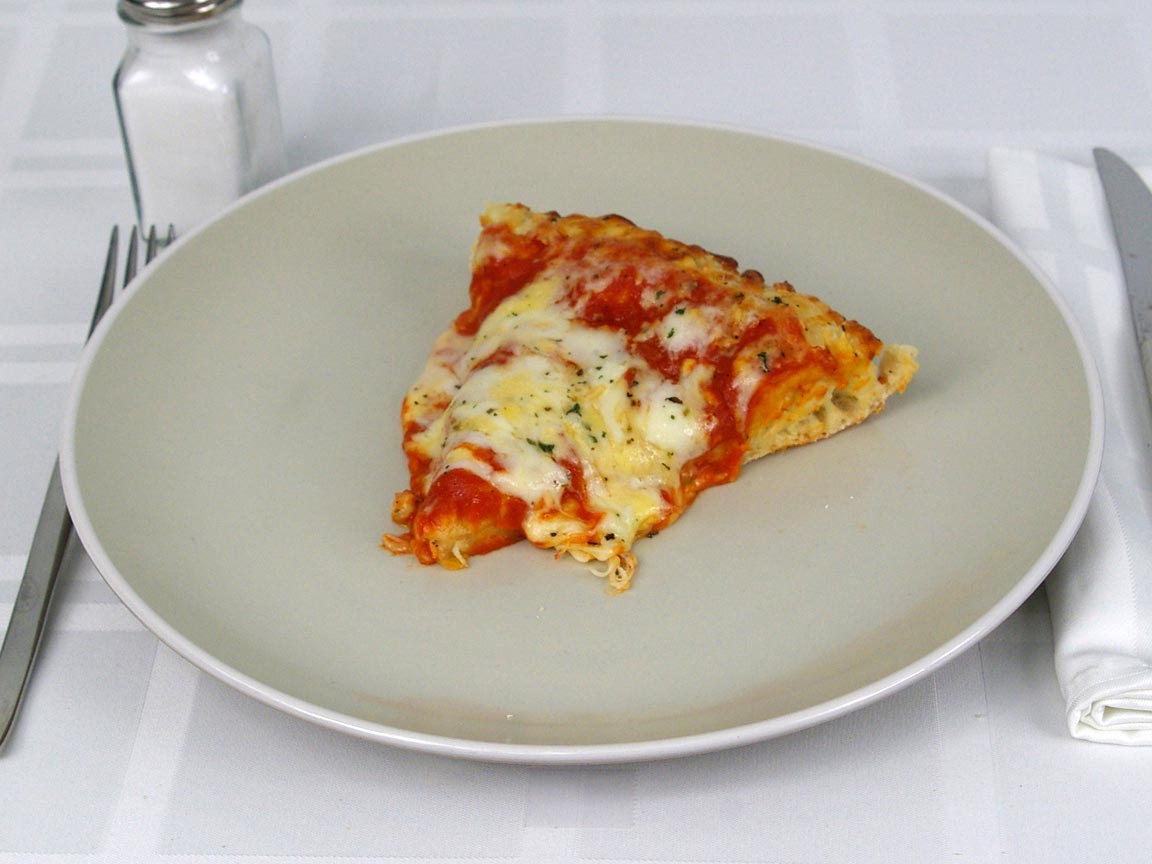
Cheese Pizza - Frozen
(95% similar)
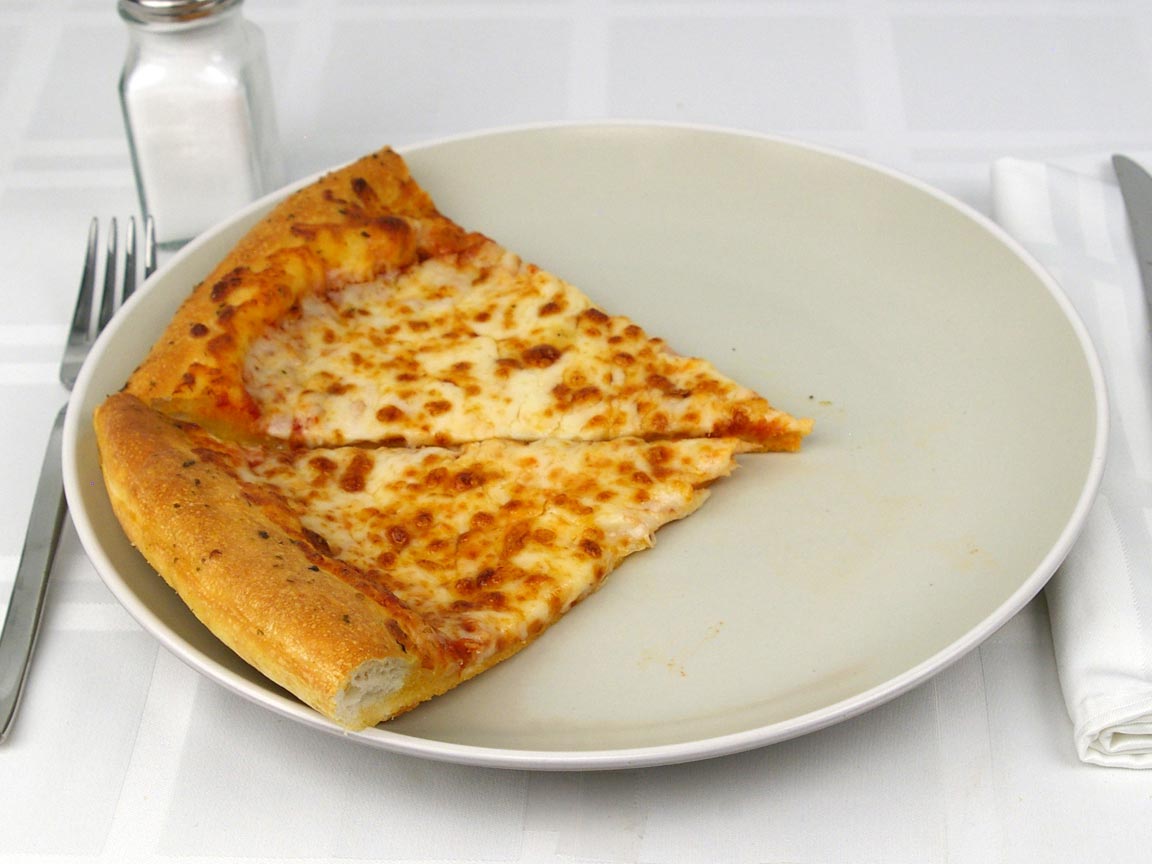
Pizza - Cheese - Large 14"
(94% similar)
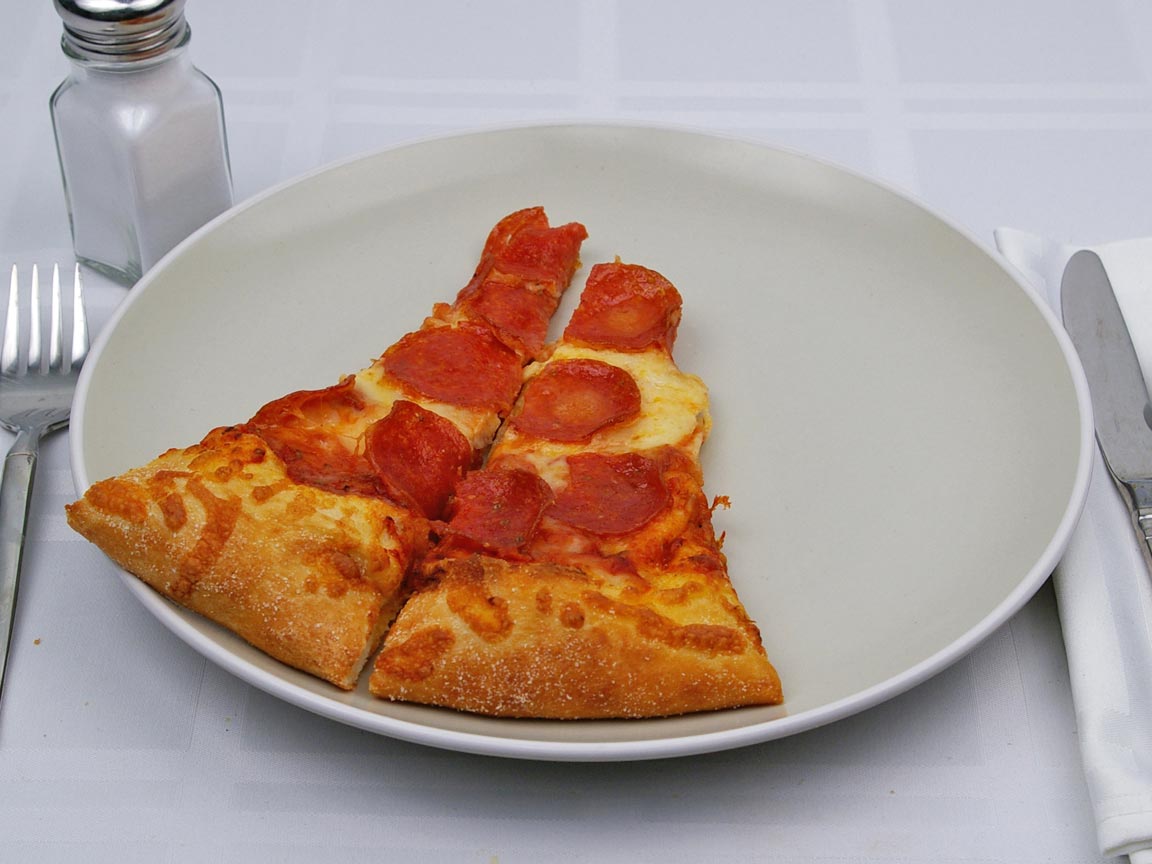
Pizza - Pepperoni - Reg Crust - XLarge - 16 inch
(94% similar)
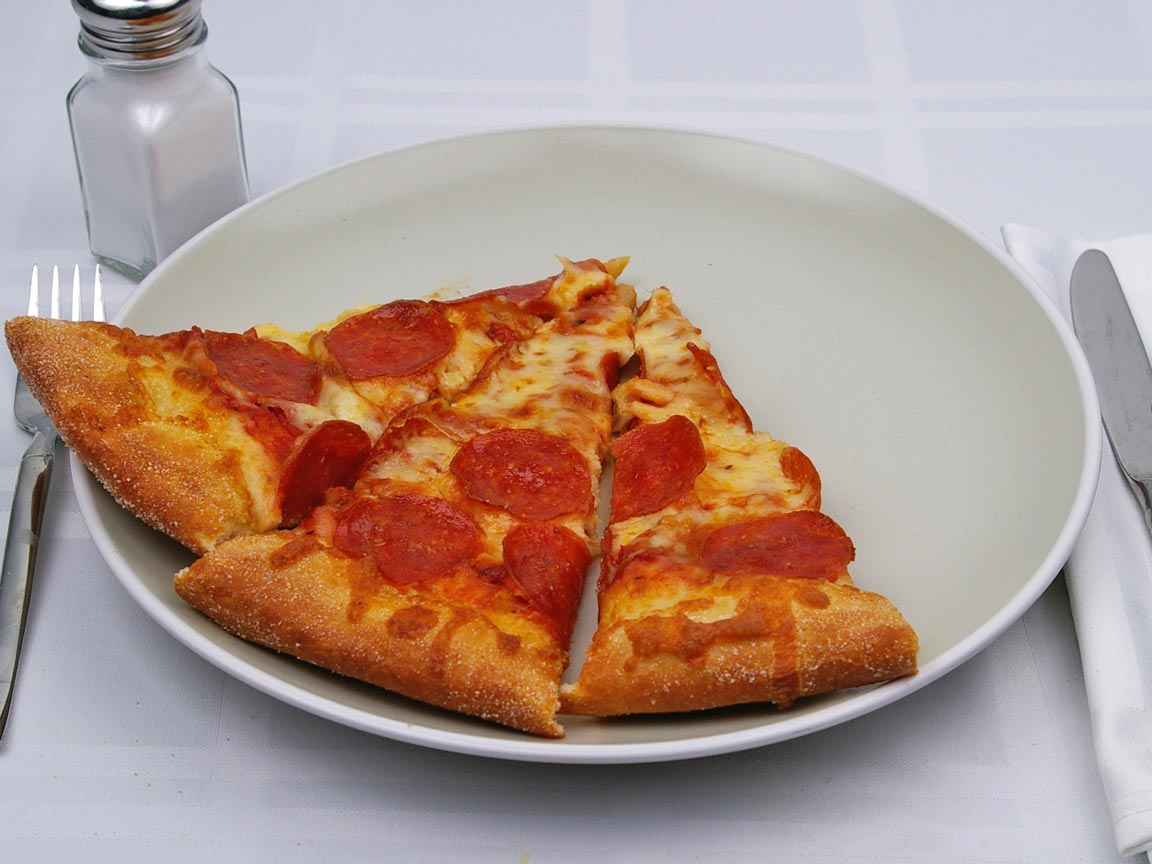
Pizza - Pepperoni - Reg Crust - Large - 14 inch
(94% similar)
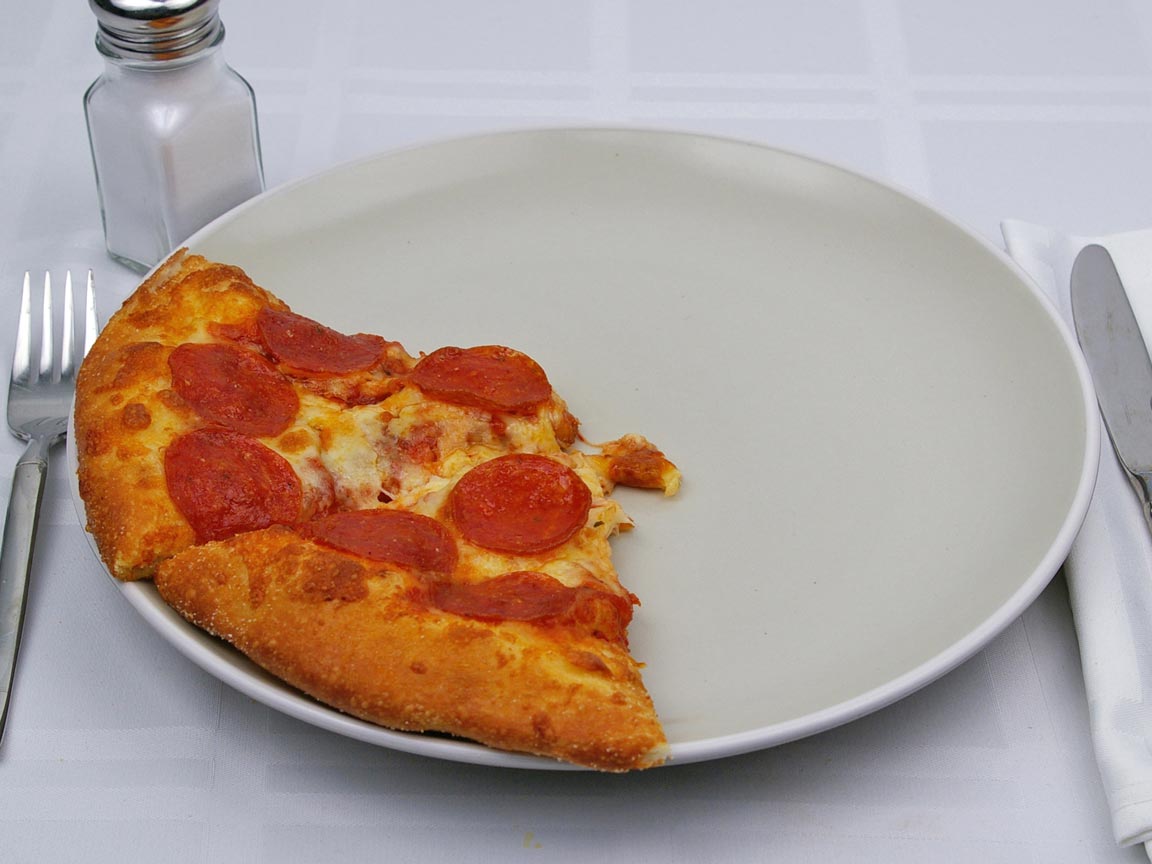
Pizza - Pepperoni - Reg Crust - Small -10 inch
(94% similar)

Pizza - Pepperoni - Reg Crust - Medium - 12 inch
Serving Size 1.5 piece 4"x6" (about 195 g)
| Amount Per Serving | ||
|---|---|---|
| Calories 475 | Calories from Fat 138 | |
| % Daily Value* | ||
|
Total Fat
15 |
23 |
|
|
Saturated Fat
7 |
35 |
|
|
Trans Fat
0 |
||
|
Cholesterol
23 |
8 |
|
|
Sodium
820 |
34 |
|
|
Total Carbohydrate
61 |
20 |
|
|
Dietary Fiber
7 |
28 |
|
|
Sugars
13 |
||
|
Protein
24 |
||
* Percent Daily Values are based on a 2,000 calorie diet. Your daily values may be higher or lower depending on your calorie needs.
Available portions
Food analysis
High In Fiber
High Sodium
Junk Food
High In Sugar
Bad Fat Source
There is 475 calories in 195 grams of School Lunch,.
With 235 calories per 100 grams, this food would be considered a Medium calorie density food.
School Lunch, is High in carbohydrates, Medium in proteins and Medium in fats. You can look at the macronutrients graph below for a detailed ratio.
It has High quantity of fibers but also High quantity of sugars. It is recomended to consume less than 25 grams of sugars per day.
This item has High quantity of carbohydrates and fats. This combinasion is usually indicating that you should stay away from this food labeled as "Junk Food".
With 27 grams of "Net carbohydrates" per 100 grams,
it not safe to consume if you are following a Keto or Ketosis diet.
Related Searches
crust
thin
topping
cheese
cooked
frozen
grain
whole
pizza
lunch
school
Macronutrients split
52.8% Carbohydrates
26.8% Fats
Nutrients and how much we eat of it play an important role on our health and body composition. To learn more on theses, check our blog posts on Proteins, Carbohydrates and Fats.